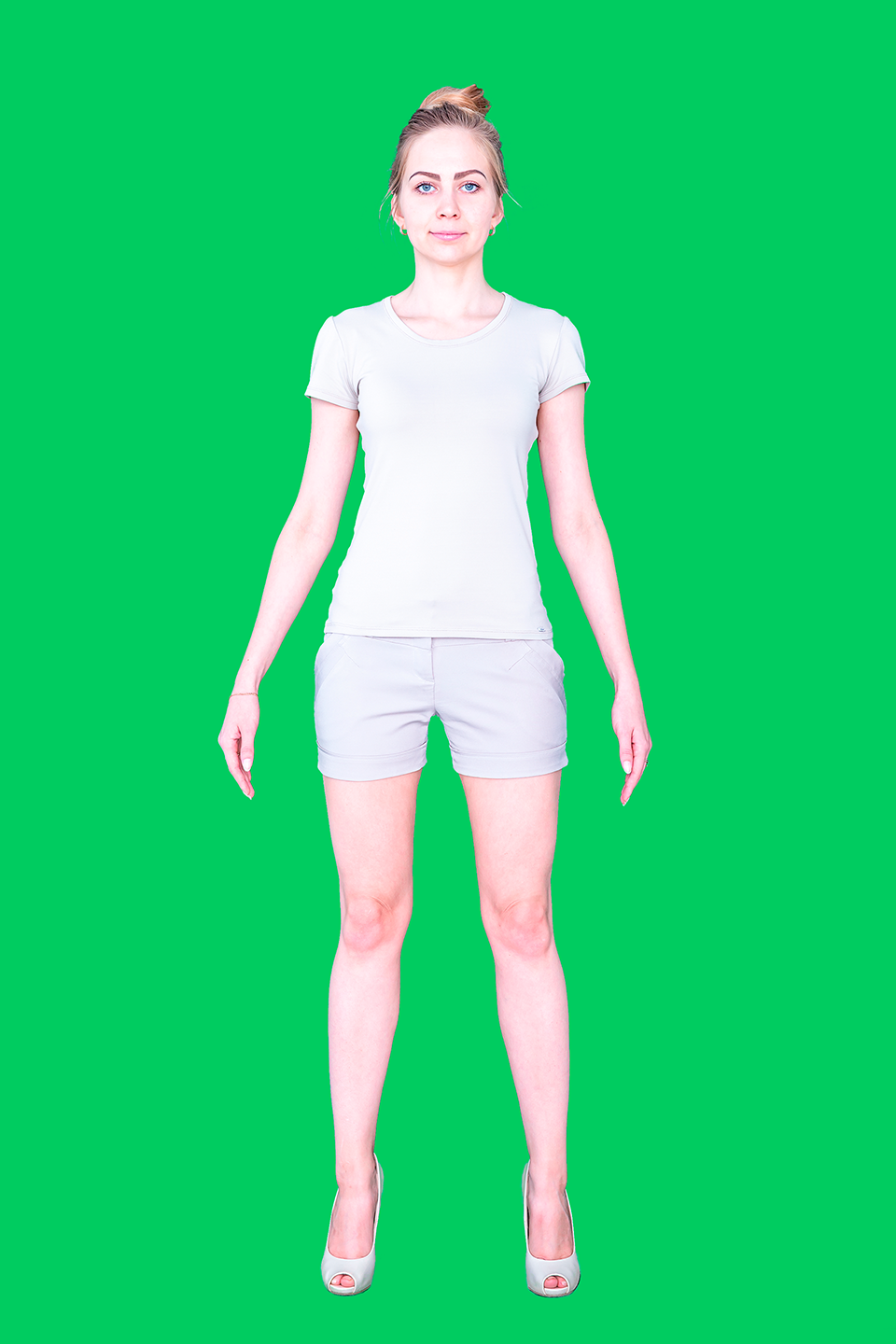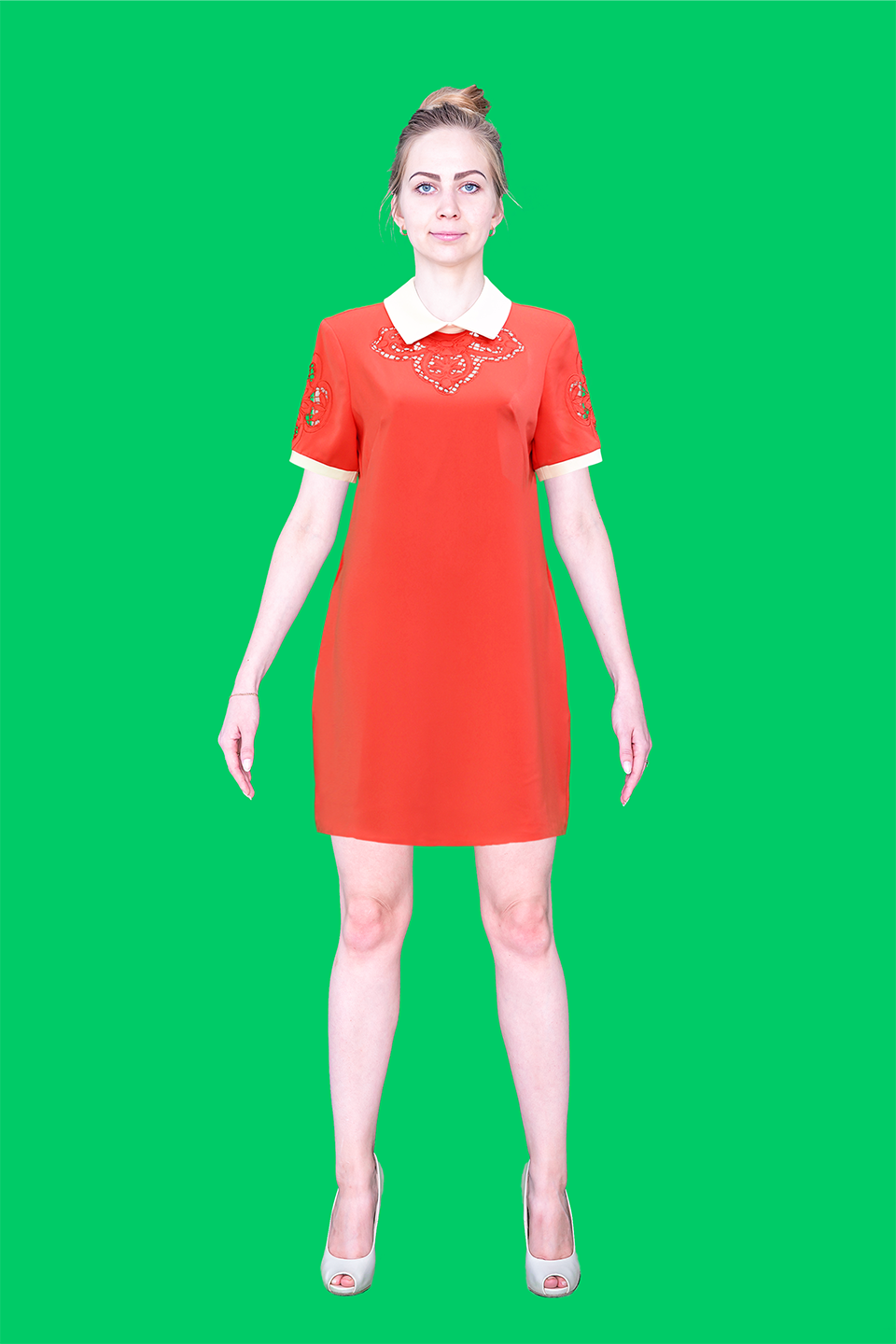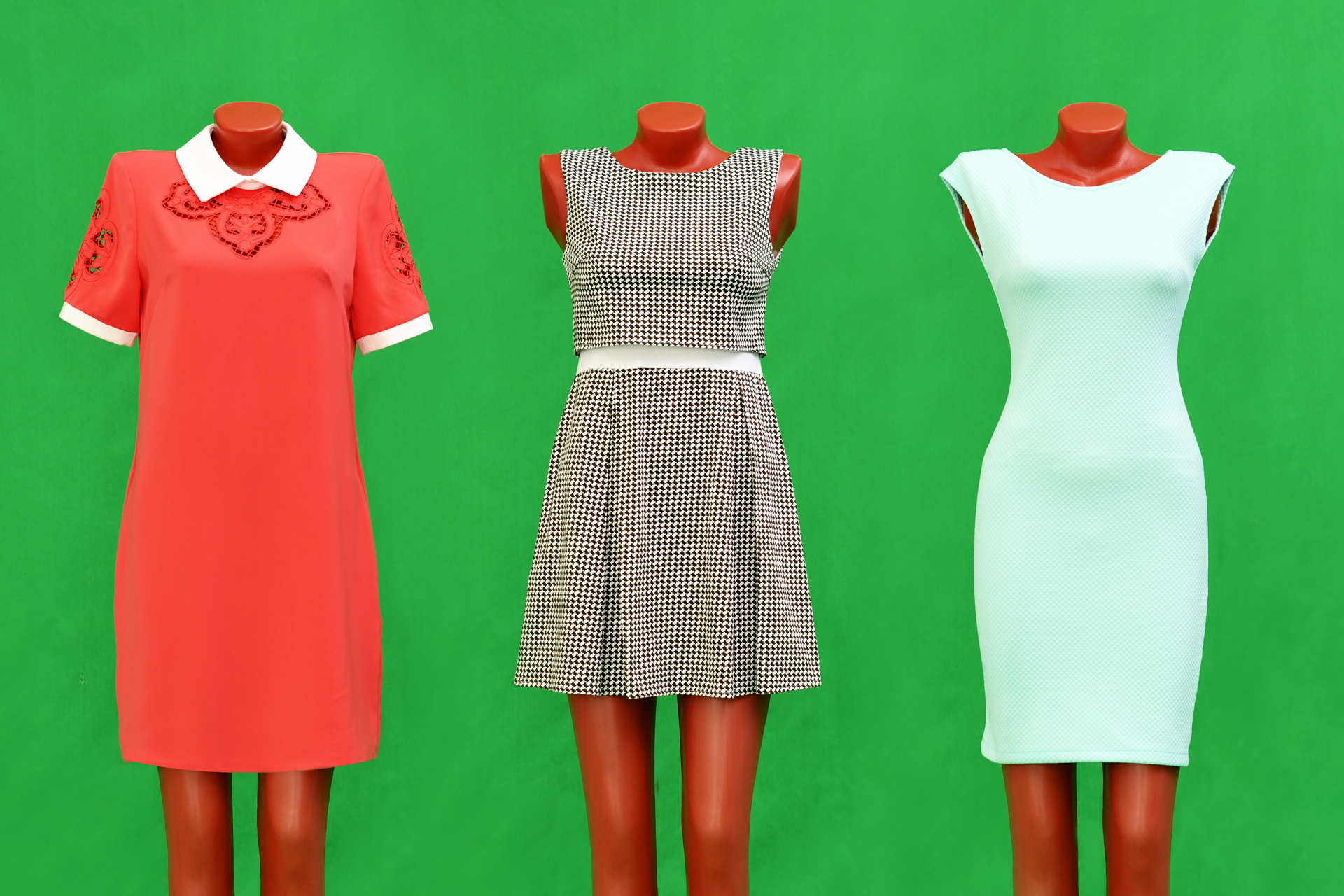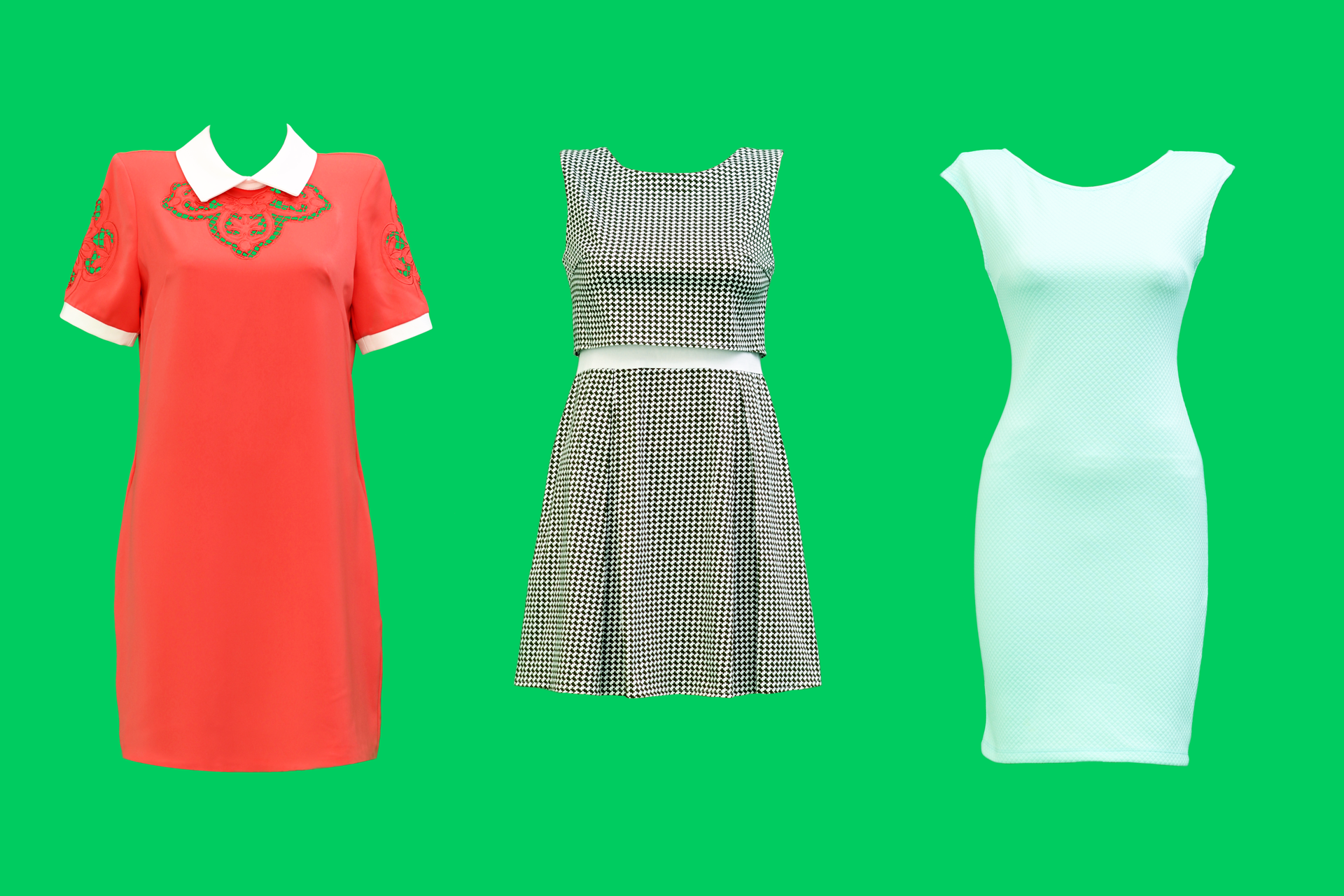A virtual fitting room (VFR) for a network of European multi-brand retailers selects clothes by superimposing items of clothing onto a customer photo. Errors in fitting should be kept to a minimum, as inaccuracies may mean the return of goods and lost sales.
Various online fitting programs exist already. Their major downside is that you have to enter too much information about yourself. Besides, the quality of the fitting leaves much to be desired. The distinctive feature of the VFR is that most of the model's parameters are identified automatically from the photograph.
VFR offers:
- Identification of model's parameters from the customer photograph;
- Selection of the model and size of the chosen item based on the attributes of the model;
- Selection and visualisation of full outfits (of various brands if desired) taking into account the customer's preferences (casual, business style, evening wear, etc.);
- Fitting of clothes with the help of a mobile device, online store or stationary fitting room;
- Self-service in store;
- Ordering clothes without visiting a store;
- Faster fitting and less manual work;
- Less workload on consultants and merchandisers and partial reduction of personnel as a result;
- Sales growth;
- Captivation of clientele through technological innovation;
- Increased competitiveness through the use of technology.








 2002–2026
2002–2026